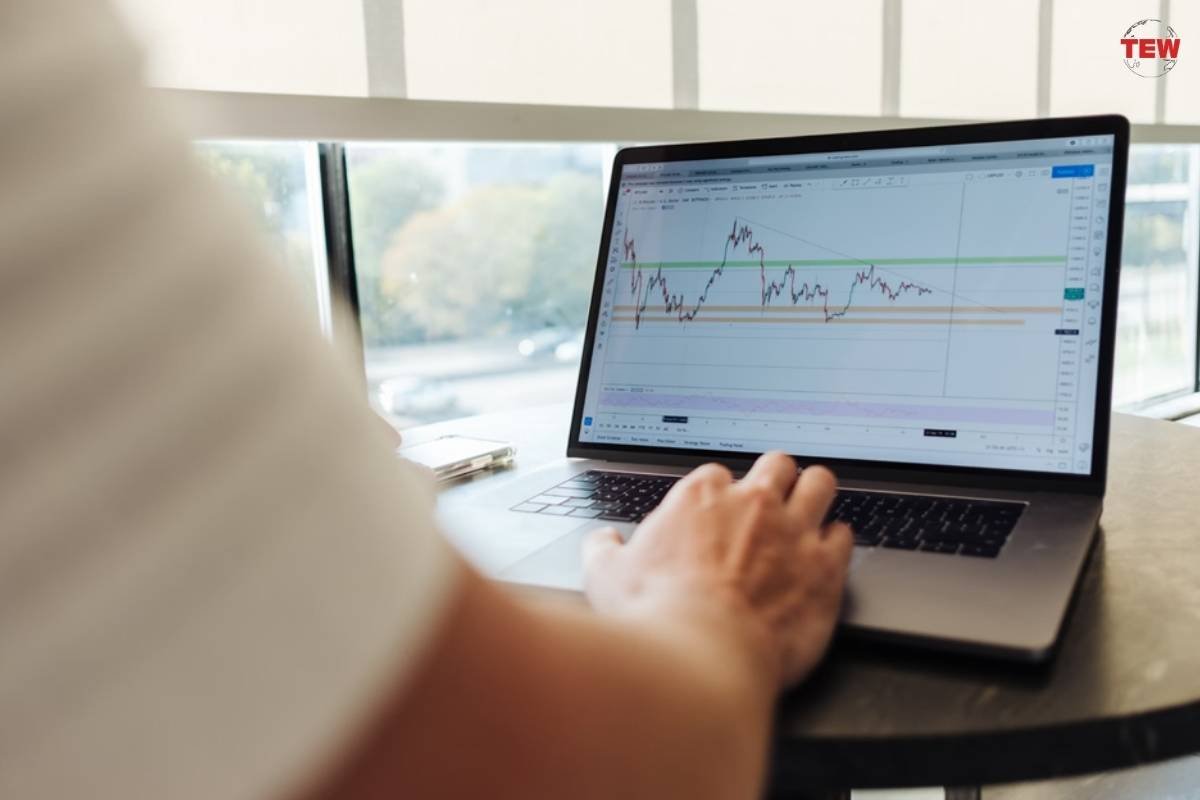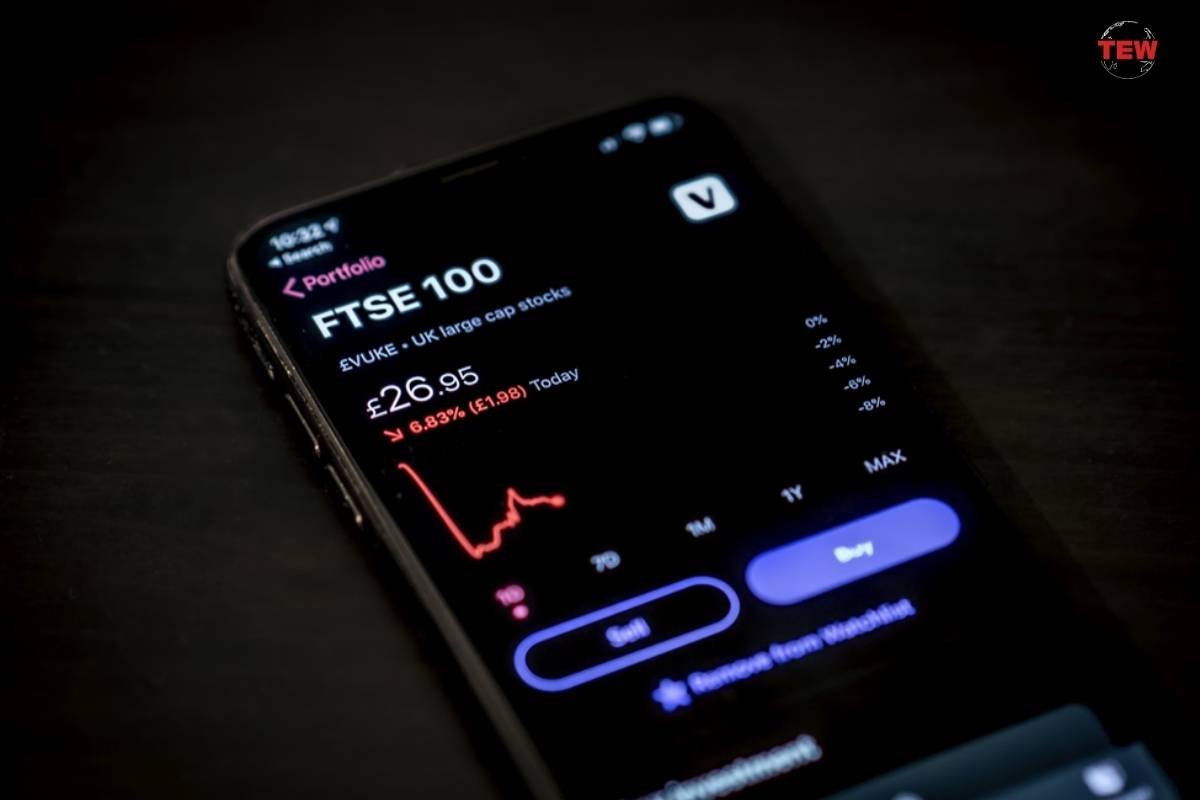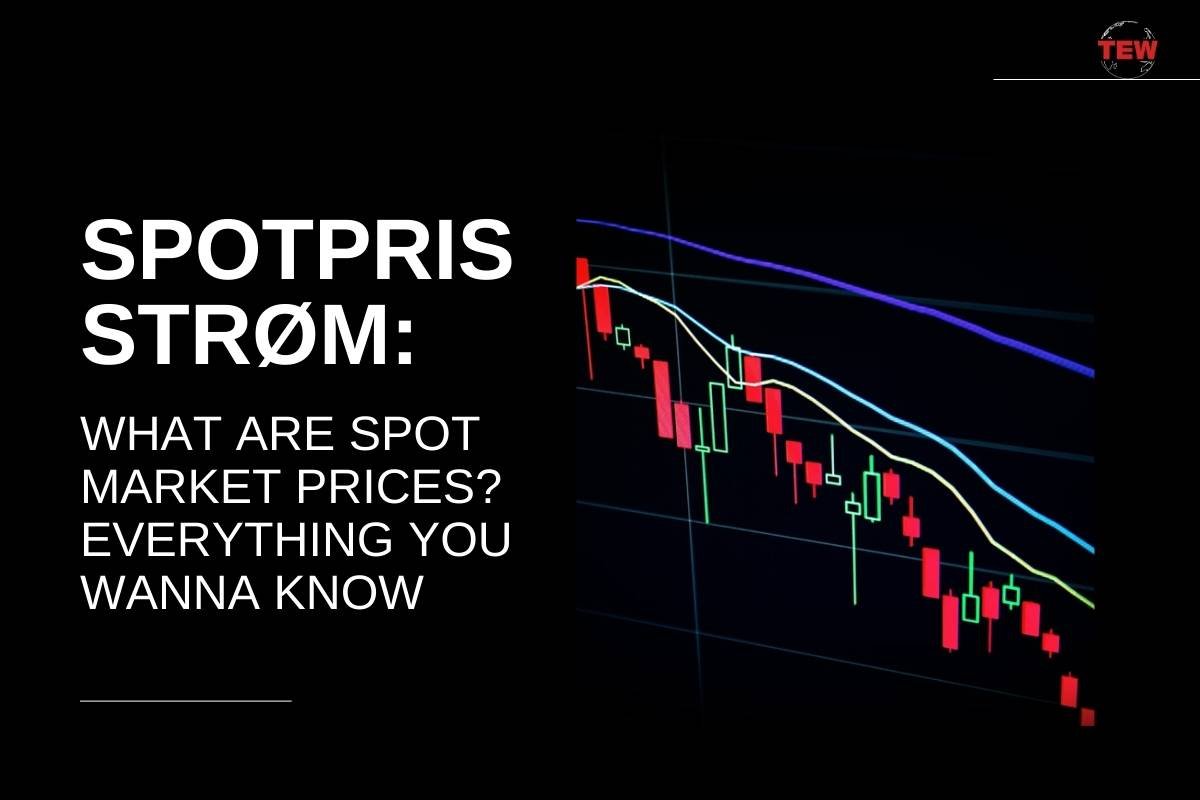Spot markets (SMs) are financial marketplaces where financial instruments and commodities can be traded with immediate delivery in mind, unlike futures markets which often stipulate delivery dates in their contracts. Prices (SPs) on spot markets may fluctuate over time and location due to weather or supply disruption issues; prices in futures markets tend to have fixed delivery dates in their contracts.
Businesses reliant upon fuel are dependent upon its availability in the spot market as this affects pricing and availability, as well as demand which can be affected by factors like temperature, wind conditions and seasonal changes. Furthermore, this influence extends into futures contracts as it provides the underlying price that drives futures contracts.
Spot price refers to the current market value of an asset in its given location; buyers and sellers value it at this moment in time. Meanwhile, futures prices represent its market value at some future date for delivery – something that can be important if you plan on having a large stock.
SM prices are widely utilized by fuel shippers, wholesalers and large end users to determine their fuel purchasing strategies. Retail gas stations, Fortune 500 fleets and other businesses that consume hundreds of millions of gallons per year all utilize SPss as part of their purchasing strategies.
SM prices tend to be much less volatile than futures prices due to physical trading on spot markets vs speculative futures markets, where parties cannot physically take possession of what they’re purchasing or selling. Futures markets, however, tend to be used more for speculation and price spikes during times of uncertainty than spot markets which tend to be driven more by supply and demand factors, making for more stable trading of physical commodities.

Spot Market Forces
SM prices reflect the forces of supply and demand in real time, which makes understanding them paramount to making informed trading decisions.
Production costs can have a dramatic impact on spot prices. Since commodities may be subject to various taxes such as sales tax, excise tax and value-added tax (VAT), these can add up quickly and significantly raise their costs – it is therefore essential that traders be informed of all production costs before initiating trades.
Other market forces can also influence them. For instance, inflation and interest rates can have an impact on investments as well as consumer purchasing power; similarly currency exchange rates can alter commodity prices by changing their relative values in relation to other currencies.
Political and economic events may also have an effect on spot prices, for instance by creating trade wars, global recessions, pandemics and their subsequent effects on commodity demand – for example food and oil consumption being less.
Spot transactions differ from futures and forwards contracts in that cash trades take place instantly, making them ideal for hedging or speculation purposes. SMs also serve as benchmark prices for term contract prices.
As an example, a trader in Denmark could use the spot price of electricity to estimate how much power might cost from Norway or Sweden when imported, as well as use it as a reference price when performing other market calculations like commodity cost of carrying or cost of hedging calculations.
Electricity SPss are determined by market supply and demand of power. Traders can analyze these SPs to identify market trends and arbitrage opportunities – for instance using them to decide if it makes more sense to buy or sell energy contracts on Nordic Power Exchange; or analyze them to identify any risks in power generation projects.

Contracts
SMs are public financial markets that allow commodities or securities to be bought and sold quickly for cash and delivered immediately – as opposed to futures markets where delivery occurs at some later date. They may take place either on an exchange platform or over-the-counter (OTC), in the latter of which participants must carefully assess counterparties in order to mitigate counterparty default risk.
Speculation and investor sentiment can have an enormous impact on spot price movements in commodity markets, especially commodity futures markets. Such speculation is often driven by market news or events, geopolitical tensions, weather patterns, or macroeconomic indicators – often creating short-term price swings that do not reflect fundamental supply and demand dynamics.
Government policies and regulations can have an enormous impact on SPs. Increased import/export tariffs or trade agreements can have a dramatic effect on production costs for specific commodities; additionally, environmental standards or safety requirements imposed by governments add additional expenses; all these factors impact consumer purchasing power thus altering demand in the market.
Storage costs have an impactful influence on SPs. When it comes to commodities that require long-term storage, such as oil or grains, such costs can add significantly to production expenses – leading to higher spot prices that in turn impact market demand.
Spot prices are frequently used as the foundation for pricing futures contracts because they serve as an indicator of future price of particular securities. Unfortunately, studies on their relationship are inconclusive.
Understanding the factors affecting spot prices is of utmost importance for traders and investors, including supply and demand dynamics, hedging strategies, market volatility and risk management techniques as well as becoming familiar with terms, jargon and procedures of any particular spot market. With an in-depth knowledge of spot prices comes greater trading decisions that maximize profit while minimizing exposure to risk; those who excel are those who understand its nuances to use it to their own advantage – successful traders and investors typically possess this trait!

Settlement
SPs are determined by supply and demand and represent the real-time market price for assets available for immediate delivery, such as stocks, bonds and treasury bills; foreign currency; crude oil; metals; perishable products such as fruit and meat – etc.
Before engaging in any trade on a spot market, traders and investors must thoroughly understand its mechanics, such as supply and demand function, price discovery mechanism, trading terms/jargon used by traders/investors as well as factors influencing prices on that spot market. Furthermore, it’s also vitally important that current news events that could potentially have an effect on your chosen investment opportunity are monitored closely.
SM prices typically increase during peak hours, weekdays and extreme weather seasons (summer and winter) than during off-peak or shoulder hours and weekends, due to strong influences of demand and supply and high-frequency price spikes.
At the AEMO electricity spot market, generators bid every half-hour on how much power they can provide at what price, in order to meet forecast demand. Bids from cheaper generators are given priority before being assigned SPs by AEMO; then prices are settled between lowest and highest bids to determine daily profit results.
Electricity spot prices typically operate within either contango or backwardation markets, which means futures contracts are selling for either a premium or discount to their spot price. This price difference reflects both its speculative nature and traders’ need to protect themselves from risk by using futures contracts as hedges against volatility in this speculative market. Traders in this market must be wary of counterparty risk; and should avoid dealing with insolvent companies.
Financial investments require understanding how spot prices work and their effect on investment returns. Furthermore, staying up-to-date with economic and financial events will allow you to make informed decisions regarding assets that you purchase or sell on the spot market.

Energy
Electricity SPss represent immediate delivery prices of electricity. Market forces make these decisions by matching supplies from power plants with real-time consumption by households and businesses through transmission lines; as electricity cannot be stored for later use if demand doesn’t coincide, otherwise blackouts could result.
SM prices are determined by system operators based on bids and offers from energy suppliers, an expected demand forecast and transmission capacity models. While the electricity spot market typically operates day ahead energy deliveries, real time spot markets exist for smaller volumes.
Electricity SPss depend on a range of regional, hourly, and daily factors that affect weather conditions, time of year (with more extreme winter peaks and lower summer bottoms), power station configurations and configuration.
Due to limited storage capabilities, spot markets provide the only viable way to balance electricity supply and demand. Thus, the energy industry is currently experiencing an extraordinary transformation as it shifts away from traditional planning management towards market-based control functions (click here to learn more). Key to successfully linking plans and markets lies in creating a balance between planning and market forces.
Power grid safety, clean energy consumption and economic development depend upon being regulated through market mechanisms for planned electricity supplies. Future energy spot prices will reflect not only fuel costs but also those related to carbon abatement. This could include direct charges or indirect payments such as GHG allowances that factor into marginal cost calculations and impact day-ahead and real-time prices (LMPs).
Consumers ultimately pay these prices through electricity supplier contracts or indirectly via additional fees and taxes such as energy tax and VAT. One effective strategy to lower your electricity bill is using power at night when spot prices tend to be the cheapest; doing so can benefit both your wallet and the environment.





